The own path of SOZI36
Wer in Berlin-Kreuzberg (36) auf den Straßen unterwegs ist und ein Auge für künstlerische Interventionen im öffentlichen Raum hat oder auch nicht unbedingt, kennt sicherlich die Arbeiten von SOZI36. Seit 1995 ist er aktiv in Berlin, von 1995 bis 2004 war er vor allem mit unzähligen Tags im Stadtraum präsent. 2004 machte er aus verschiedenen Gründen eine 10-jährige Pause bis 2014. Seitdem malt er äußerst selten auf Wände oder Häuserfassaden, sondern konstant auf Materialien, die er auf der Straße findet. Ob auf Karton, Holz, aussortierten Möbelstücken und aber vor allem auf Matratzen, sein Markenzeichen, die in Kreuzberg und im nahe gelegenen Nord-Neukölln oft auf der Straße landen. Manchmal kontaktieren ihn sogar Sympathisanten, die ihm eine Matratze zur Verfügung wollen. Die alten Matratzen bieten eine große weiße Fläche auf der SOZI seine Sprüche, Figuren und Motive mit der Sprühdose malt, vor Ort liegen lässt oder an Straßenecken platziert.
Since SOZI likes to provoke, e.g. by insulting the public, it often causes reactions. Therefore, he is regularly addressed during his work, which also suits him well. After all, he wants to stimulate discussions and is able to do so through direct contact with the Passers-by and viewers. Sometimes people respond with humor and appreciation, encouraging him to continue working, donating money for new cans and repairing destroyed work. Sometimes with hate and contempt. For example, a grandmother threw an apple at him from the second floor, a Neo-Nazi punched him or civilian policemen called him a fag who should fuck off. His opponents are mainly the BSR (Berlin cleaning service), some active citizens or political groups. But whether praise or blame, the Kreuzberger carries on and meanwhile enjoys great recognition among his base of sympathizers who know him directly from the streets.
SOZI36 goes his very own way with a simple style and simple tools to express himself and reach people – not as a classic graffiti writer, not as a street artist and not as a political organization – he remains an oddity in Berlins Urban Art (Urban Art to be understood as unauthorized art in public space). His “activist art” is unique, not only aesthetically or in terms of content, but also because of his spatially limited scope of action, his focus on his neighborhood, Kreuzberg36 . Here he marks his surroundings, his living space, his territory with spontaneous interventions, because elsewhere – even in other areas of Berlin – he does not feel at home, because he does not know the population there.
SOZI36 has its favorite corners in his neighborhood. His spots. Like for example at Manteuffelstraße – corner of Skalitzer Straße, in front of the fallow and the famous “Patchwork- Mural” with works by ROA, 1UP, One Truth, Berlin Kidz and other writers. Many people pass by there and tourists admire the mural. There you regularly come across new works by him attached to the fence. It is like an open air temporary exhibition in an indefinite time frame. Sometimes nothing, sometimes new, always surprising. In the Reichenberger Straße or at the Hobrechtbrücke, works are also regularly installed. At the bridge he attaches posters, mattresses or cardboard signs to a site fence. Since his works are usually large and thus visibly placed, one cannot walk by without noticing them, looking/reading them, perceiving them, so one usually does not walk on unaffected.
Diese Matratze hing vor einer Baubrache an der sehr belebten Oranienstraße. Gerüchte sagten, dass da ein Hotel hin sollte. Eine Supporterin tweetete der Bürgermeisterin Herrmann das Foto dieser Matratze, mit dem Kommentar, dass man Sozi lieber nicht zum Feind will. Sie antwortete, dass sie nichts von einem Hotel wisse und leitete die Frage an ihren Baustadtrat. Dieser erzürnte sich im Internet „über die anonyme Hetze“ und sein Mitarbeiter schickte mir eine Email mit detaillierten Informationen, warum an dieser Stelle kein Hotel hingebaut werden wird.”
SOZI36
SOZI36 usually works spontaneously and in batches. His need to communicate and to play the street is based on the classical urge for writers looking for recognition, but also on the freedom of expression and artistic freedom and this drives him out again and again. Thrown away objects, which land on the sidewalks and will be disposed of at some point anyway, are here available to the artist as canvas or poster and are temporarily recycled for artistic purposes.
His works should appeal to as many people as possible and are thus reduced to pure communication in the form of writing and pictures. His sayings are easy to read, whether in German or English, sometimes short, sometimes long, always on topics that are currently occupying him – whether in his private life, due to social circumstances in Berlin, or global sociopolitical issues. Sometimes figures or other figurative motifs are painted to the script, sometimes with a stencil or freehand, stylistically SOZI36 reinvents himself and tries out new things from time to time, mostly spontaneously and without much preparation.
The constant in his sayings graffiti is the will to point out contradictions, to ask questions and make suggestions for discussion in order to question existing systems, whether they are capitalism, forms of society or social phenomena, whether they are local or global problems. SOZI36 is generally concerned with humanity, its forms of life and wants to stimulate and participate in a rethinking through its interventions. His works are therefore also political.
The press has taken an interest in him from time to time and has interviewed him. The local TAZ newspaper photographed one of his works on the street for an advertisement, without asking, him protesting against. Tourists also photograph his work and post it on the Internet. But SOZI36 also maintains an Instagram account.
SOZI36 likes to work alone (except for a few collaborations with other artists) and without infrastructure. He is neither supported by the art scene, the cultural scene of Berlin nor by political groups. He can’t be classified as an urban artist, is respected by Berlin graffiti writers and street artists, but he doesn’t belong to any scene, and they keep a well-meaning distance to each other. The art market has never shown any interest, even though one of his works once appeared at an art auction and smaller works by him were stolen from the street. For many people from the art scene, however, he remains unnoticed and is not perceived as an artist. Maybe because he works too political, too simple, too “trashy”, too bold for the art market? But the artistic value is not always in the “end product”, but in the action itself, as action art, and in the self-contained work that the artist has created as an art figure in Berlin, because SOZI36 is an art concept in itself.
His works, which have been populating the same and new places in Kreuzberg for years – messages placed in the urban space through poster art/object art/action art – are part of Berlin’s active urban art and it is hard to imagine the street without them. And the recognition and love, as he says, he receives it from the base, the street itself.
SOZI36 – Pic ©SOZI36 SOZI36 – Pic ©SOZI36 SOZI36 – Pic ©Katia H. SOZI36 – Thanks to @aris_one
3,434 views
Categories
Tags:

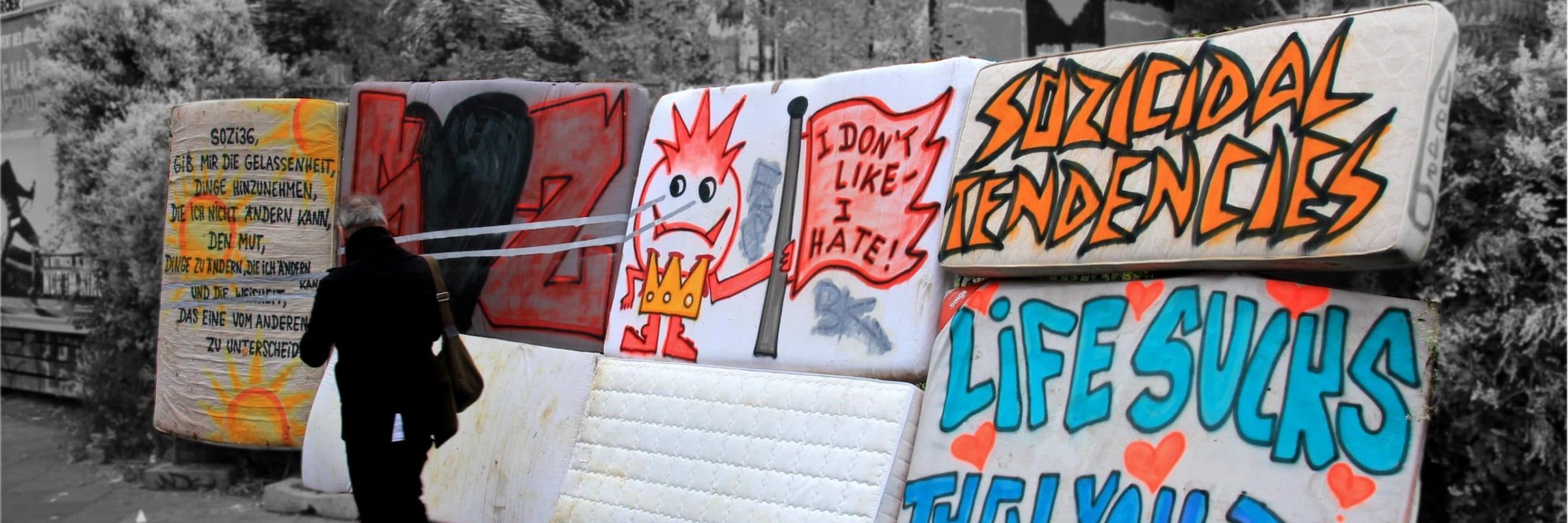

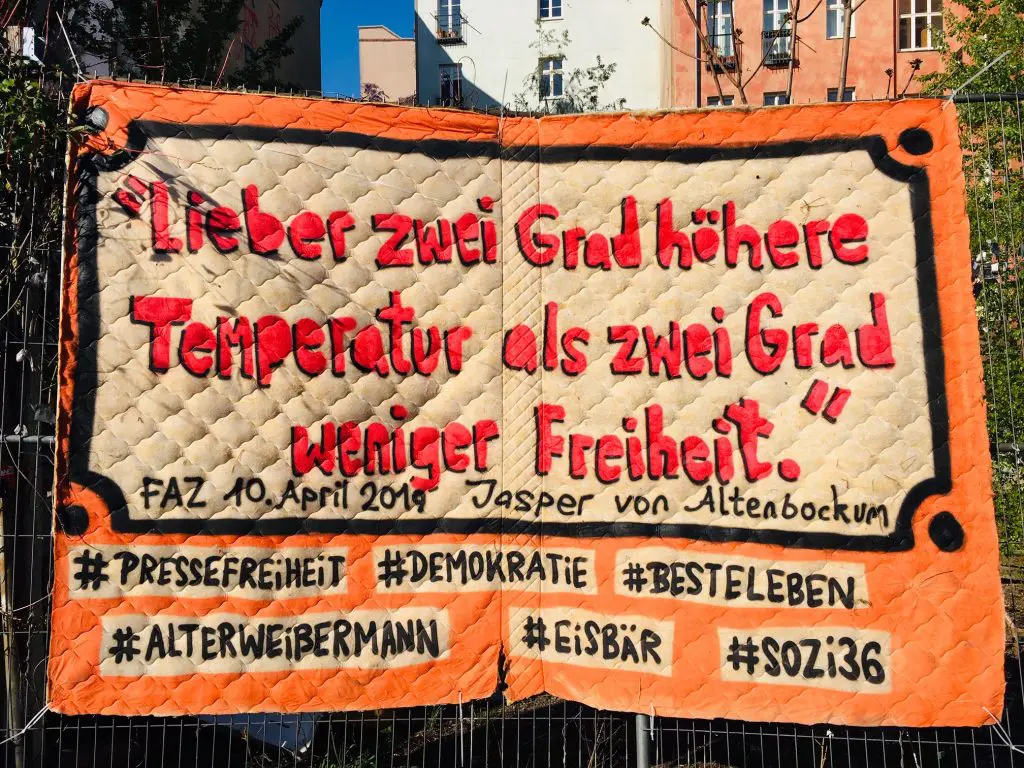
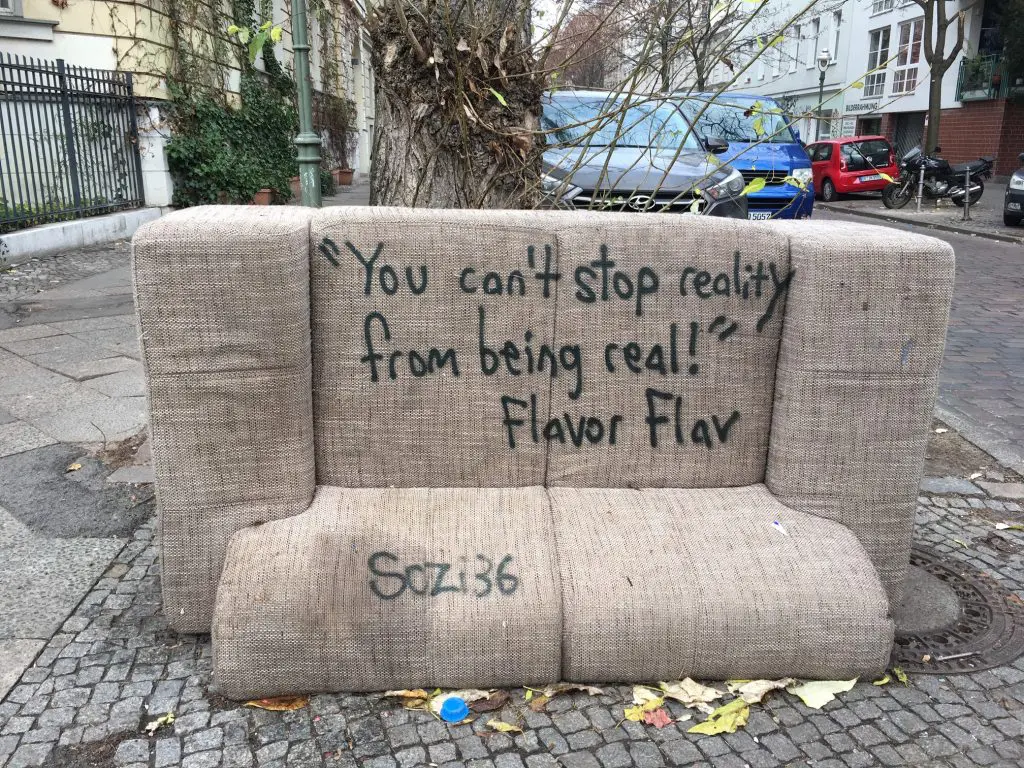
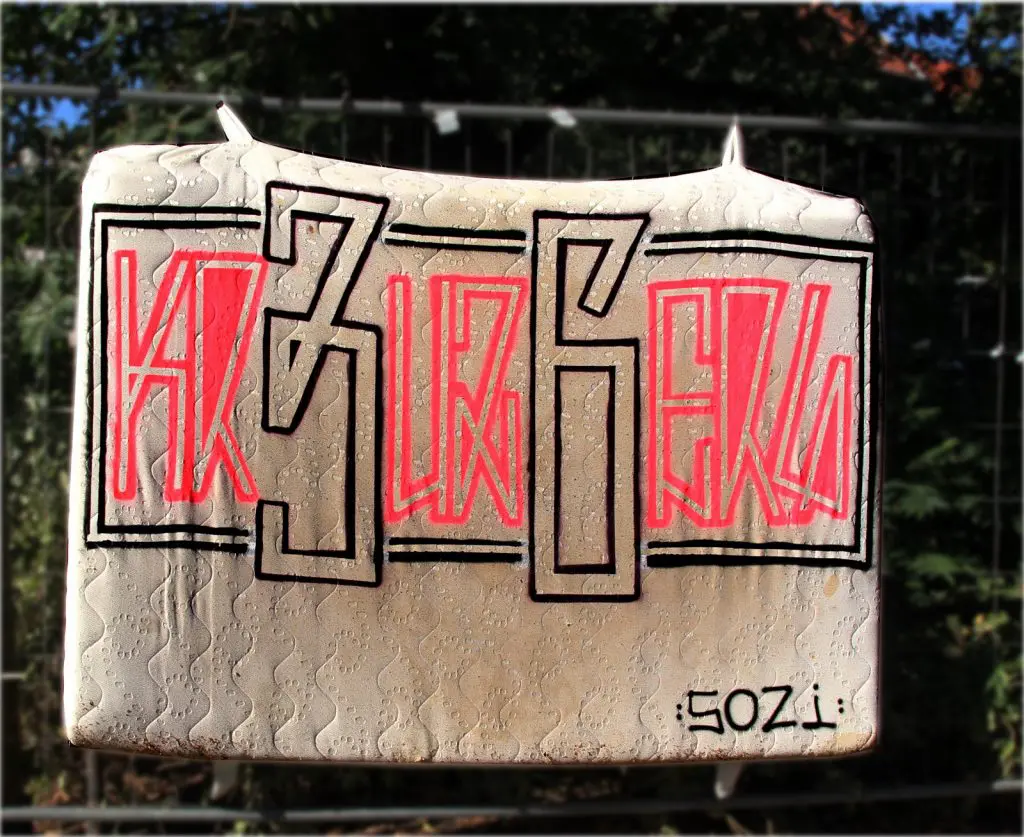
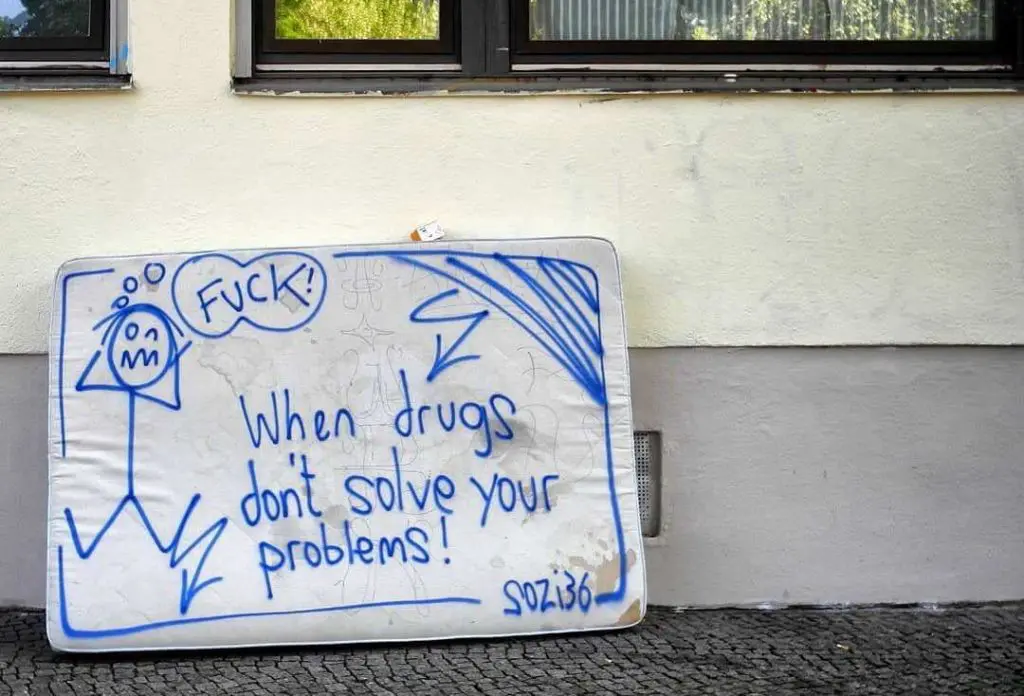
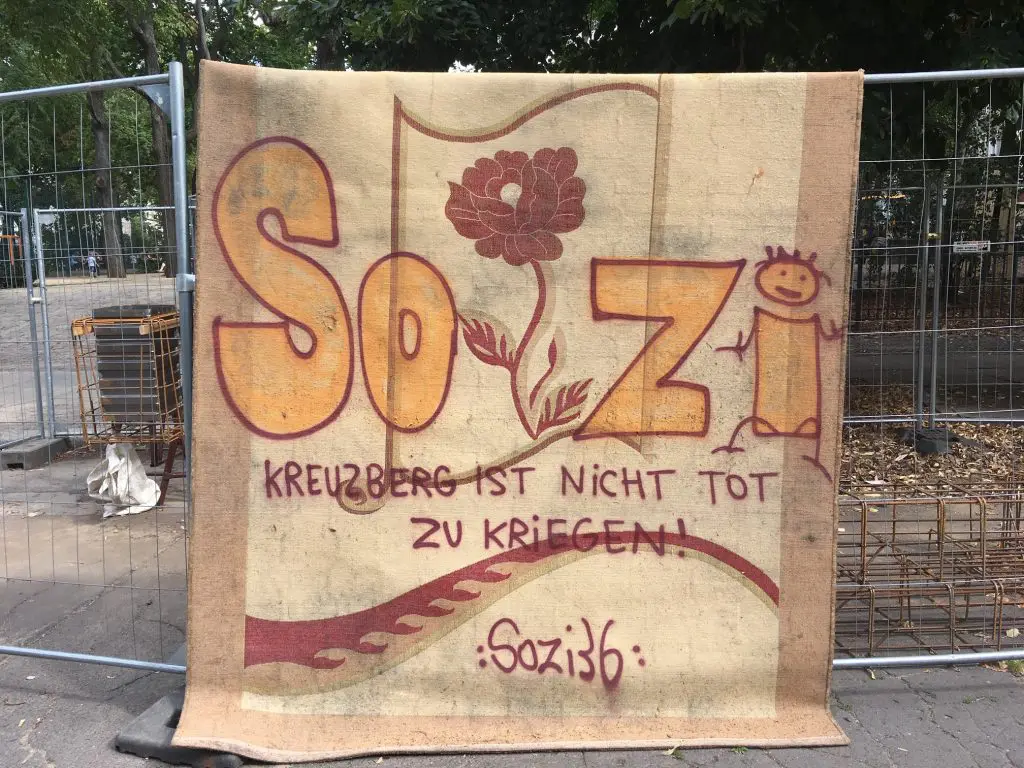
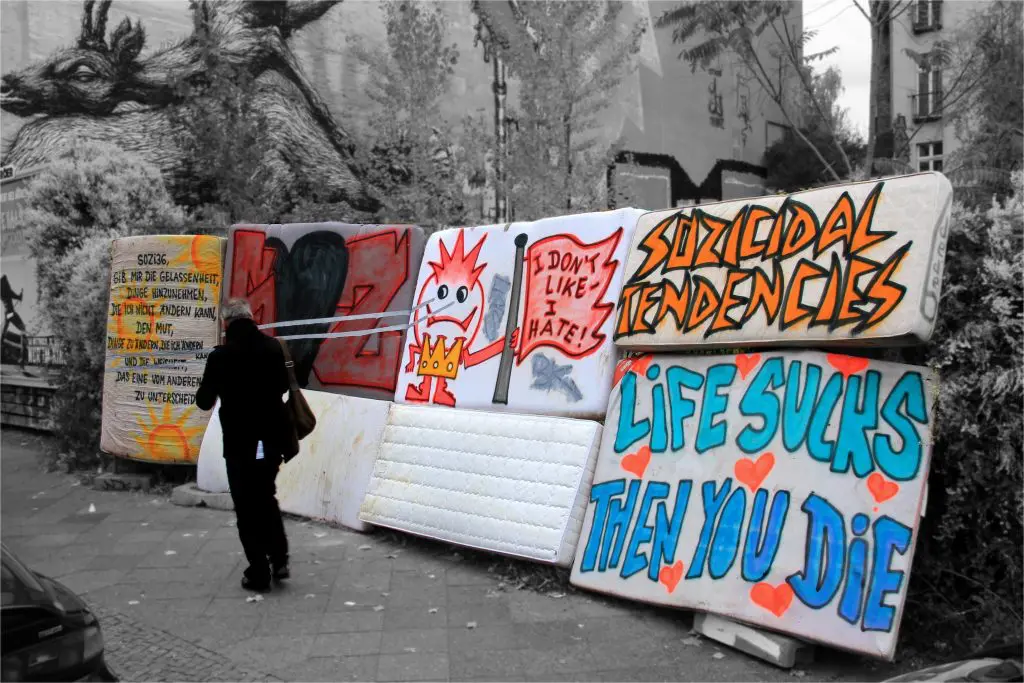
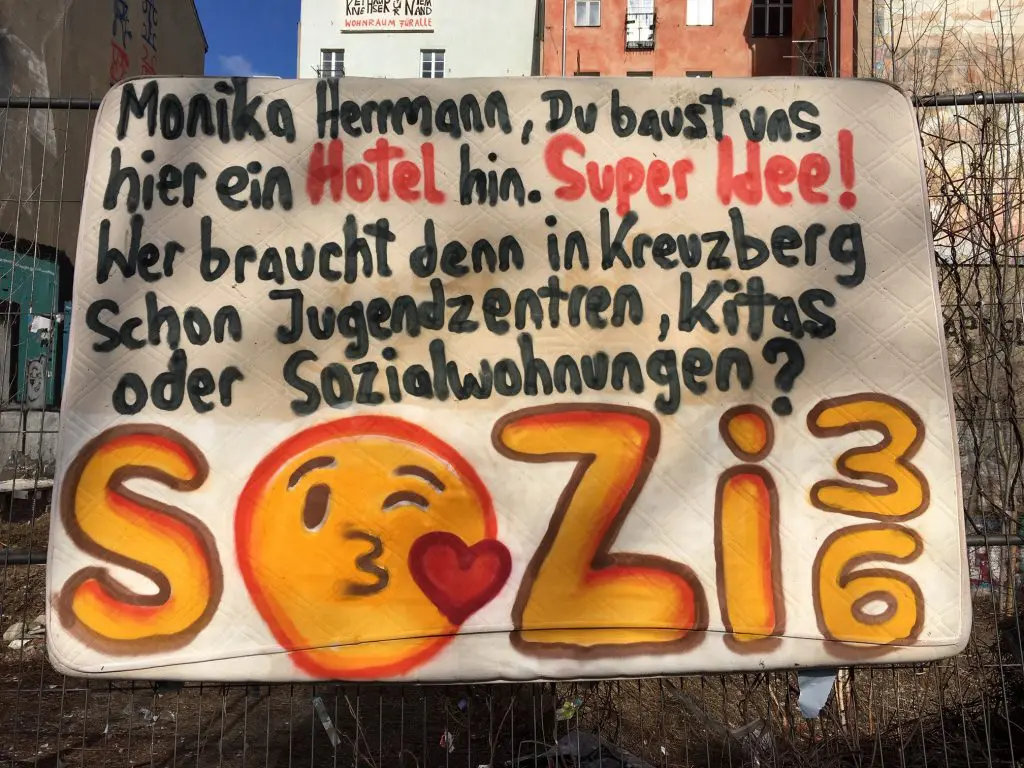
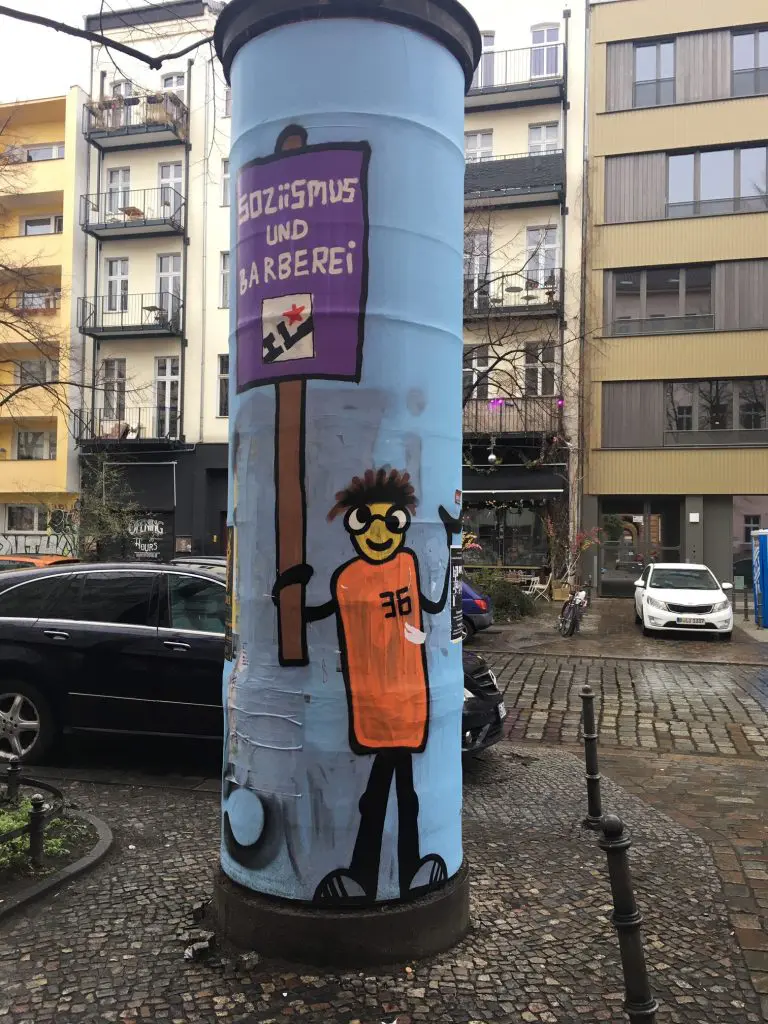
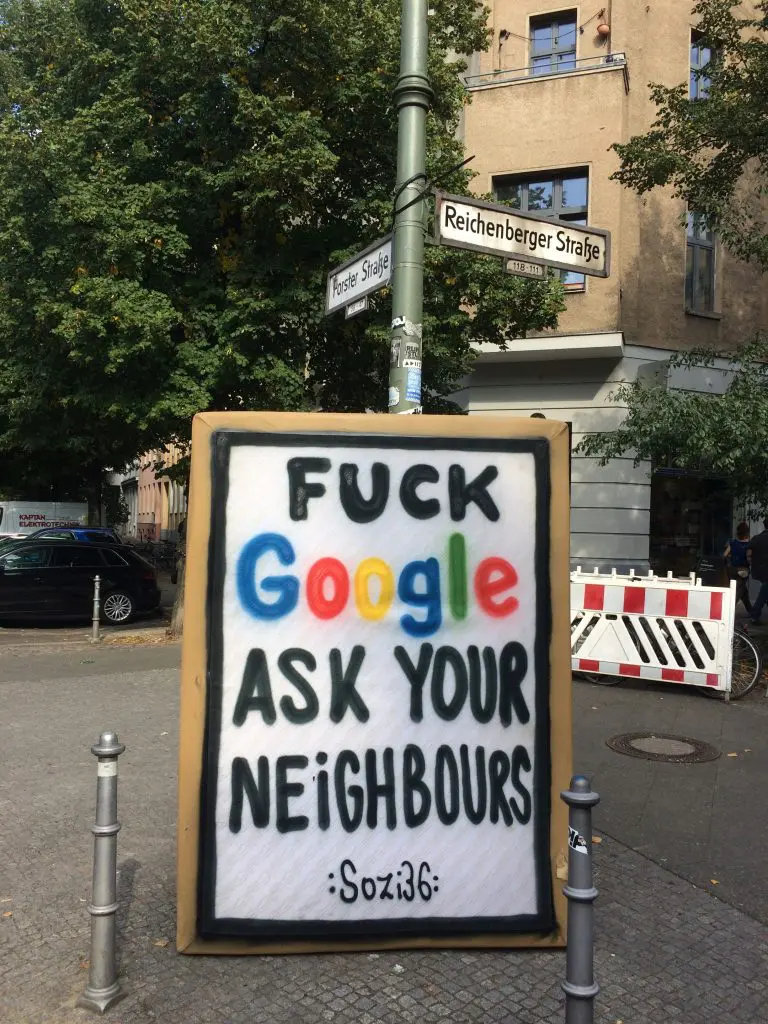
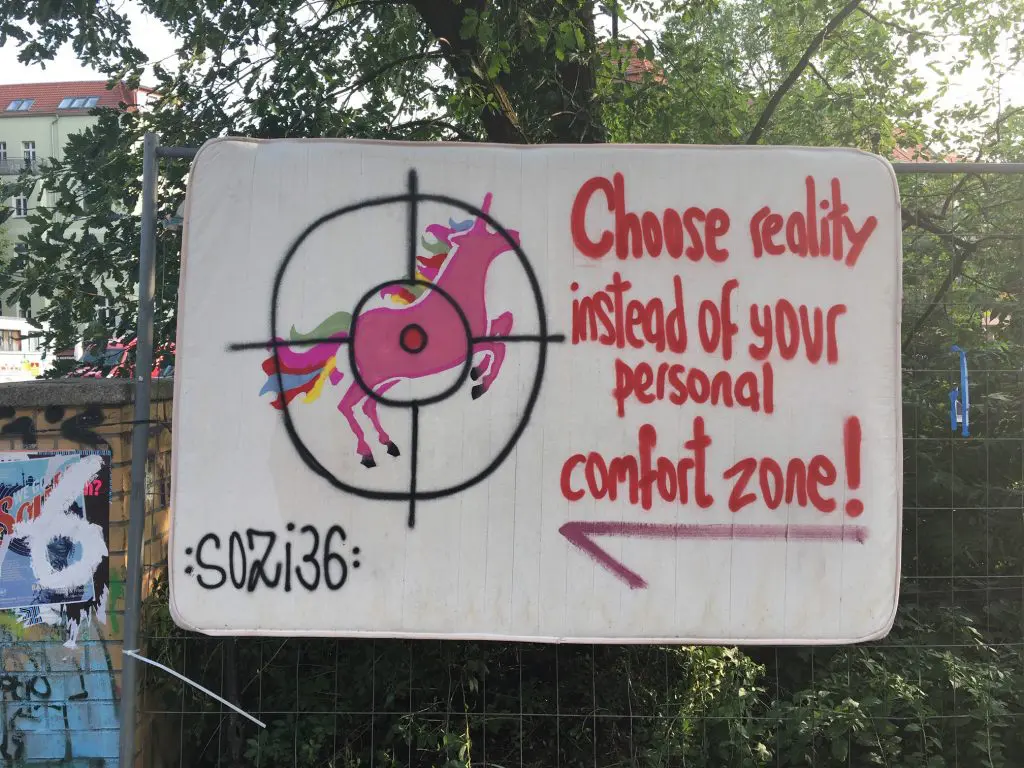
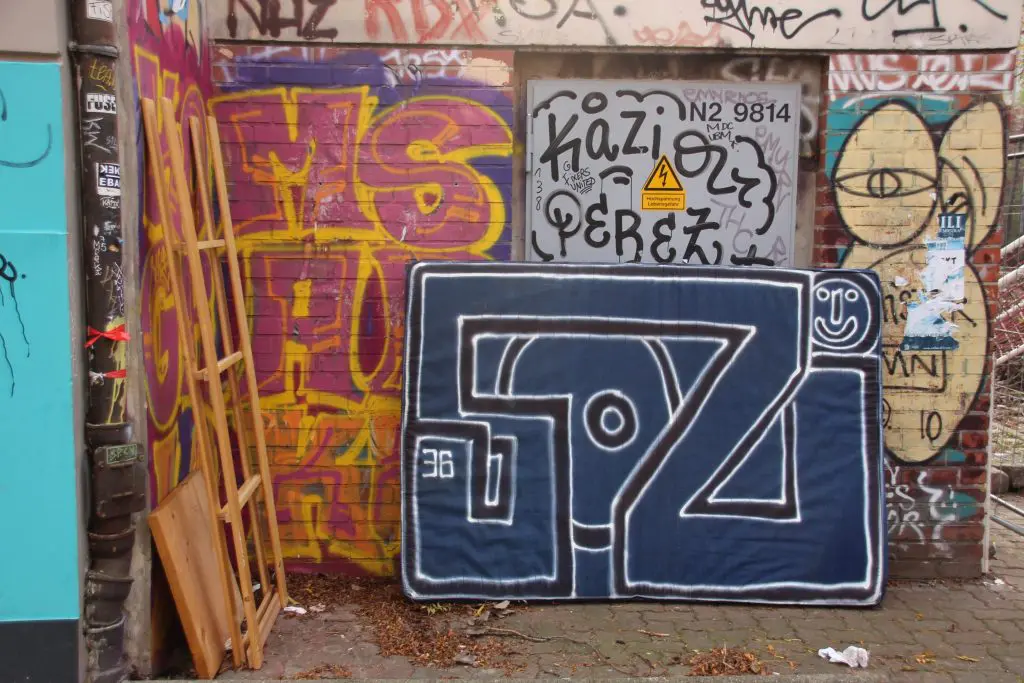
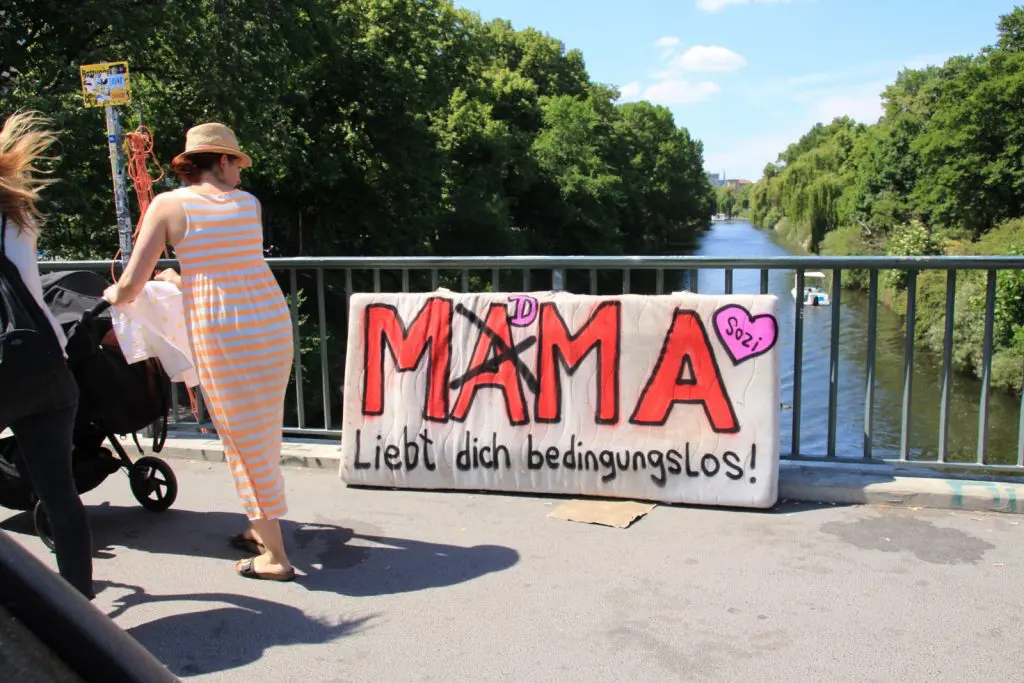
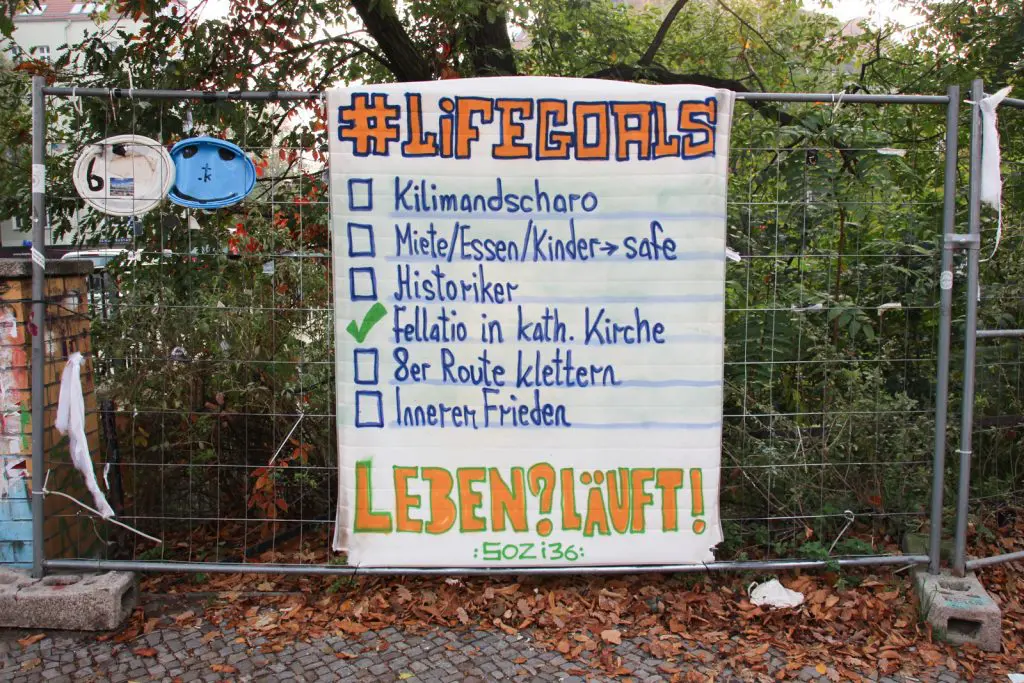
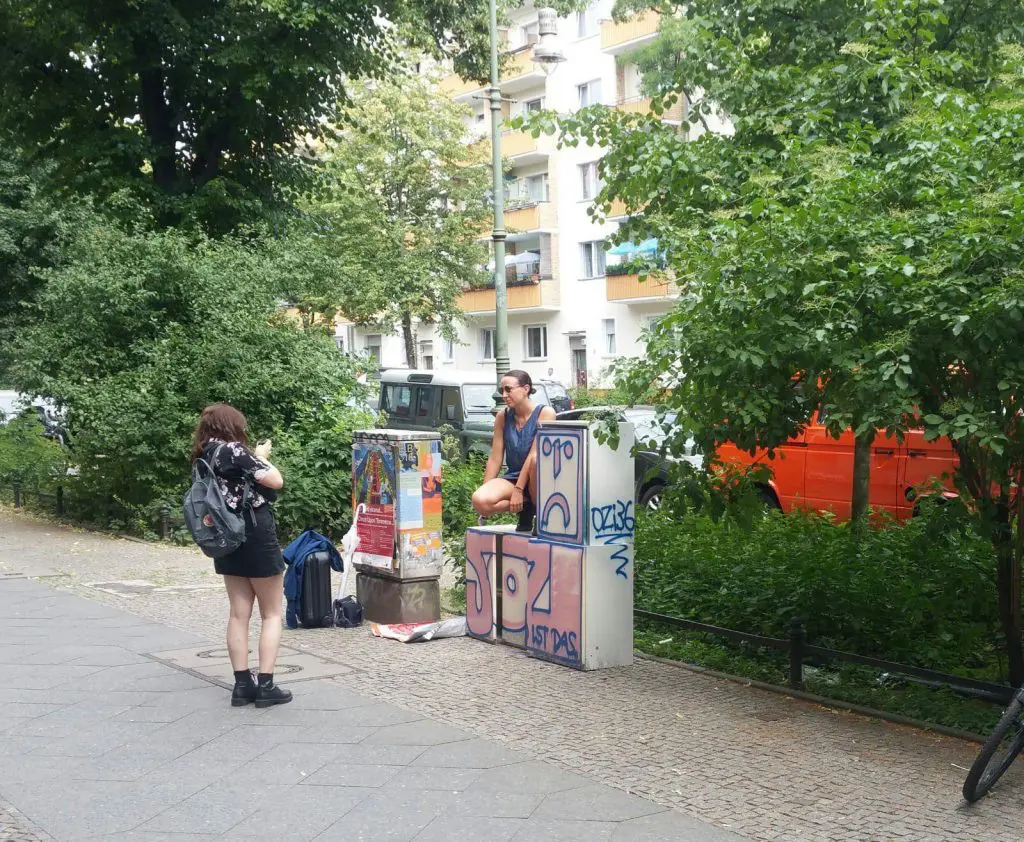
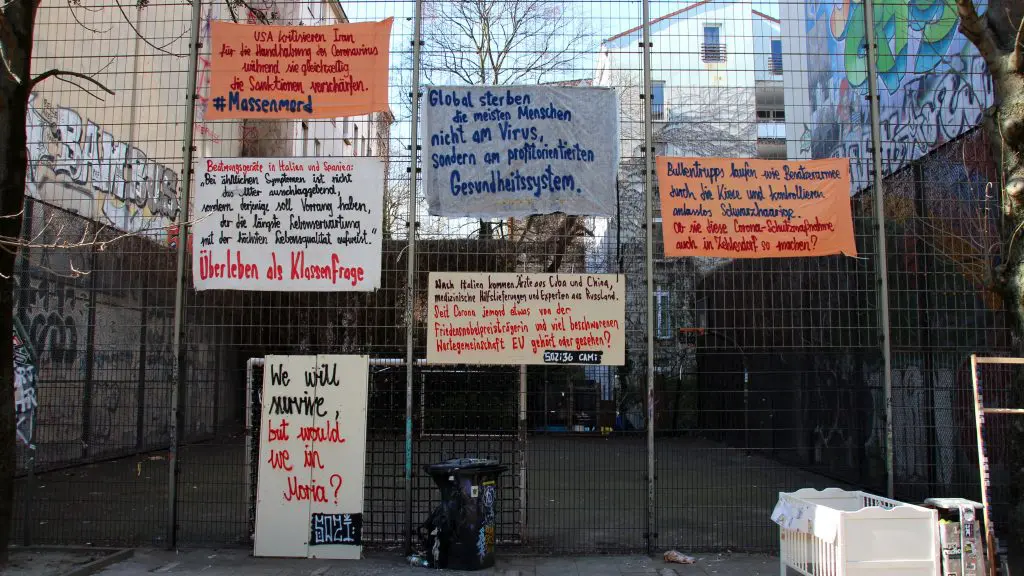
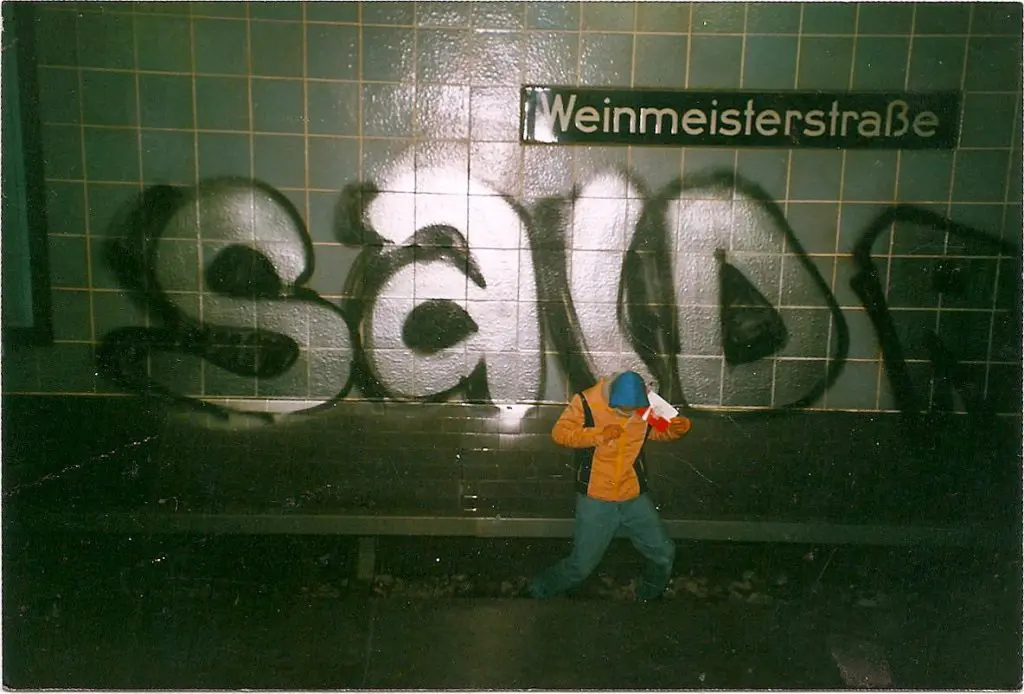
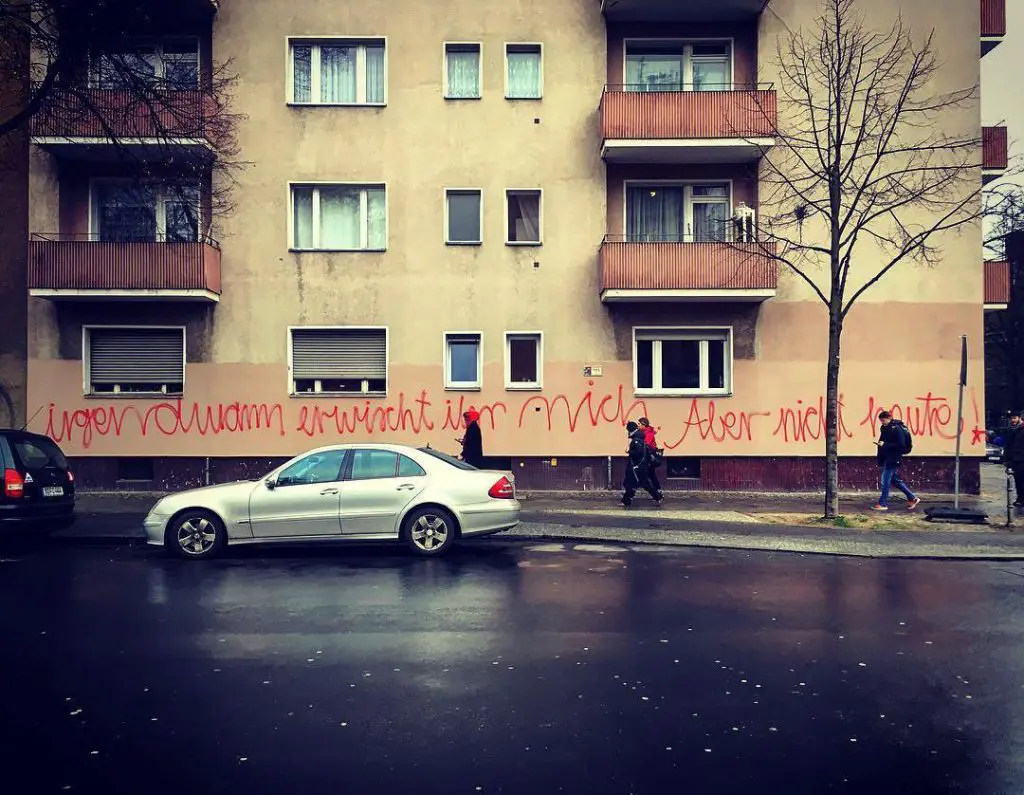
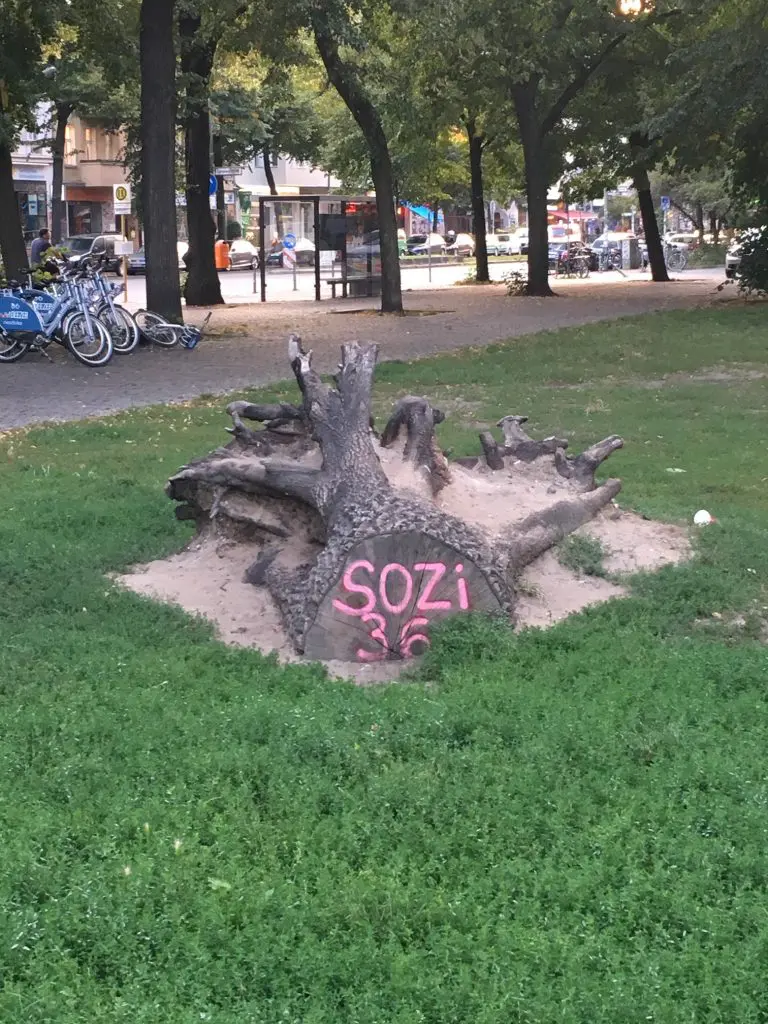
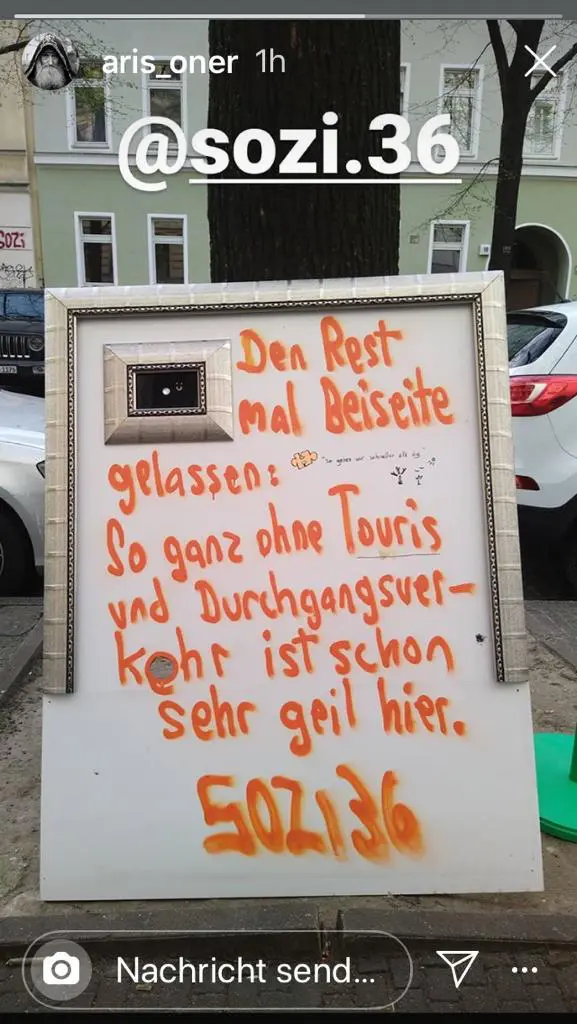
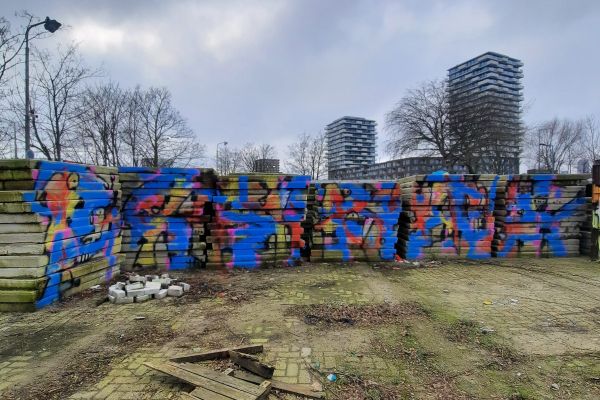
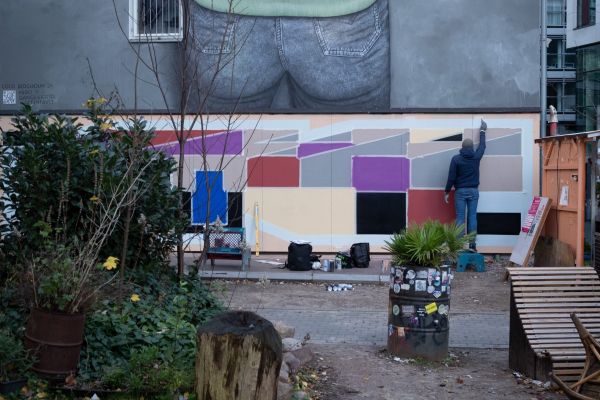
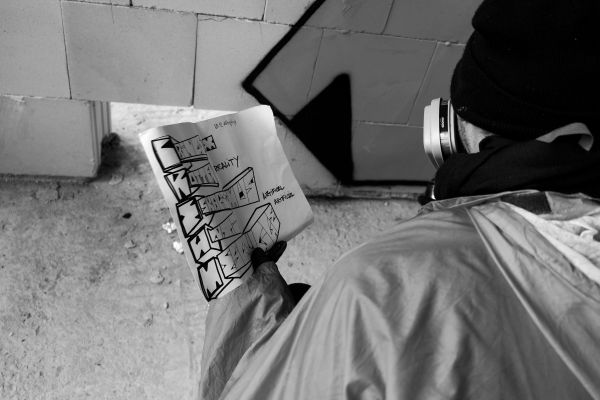
Leave a Reply